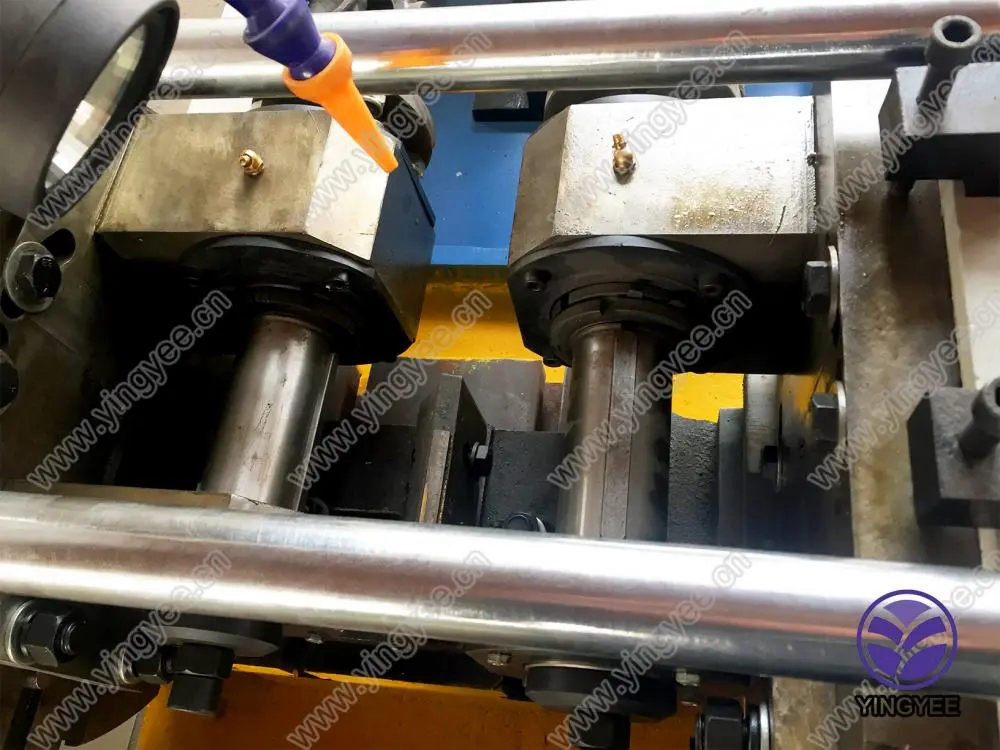
The Evolution and Impact of Metal Stud Forming Machines
In the world of modern construction and manufacturing, metal stud forming machines play a pivotal role in streamlining production processes and enhancing structural integrity. These advanced machines are designed to create metal studs, which are essential components in the framework of various building structures, including walls, ceilings, and partitions. Understanding the significance of these machines and their evolution can provide insight into their impact on contemporary construction practices.
The Basics of Metal Stud Forming Machines
Metal stud forming machines are specialized equipment that processes metal sheets, typically made from cold-rolled steel, into precise shapes for construction purposes. The machines utilize a series of rollers and dies to bend, cut, and shape metal coils into studs with specific dimensions. The end products can be C-shaped, U-shaped, or other configurations, depending on the intended application.
The design of these machines allows for rapid production, high precision, and minimal human intervention, consequently reducing labor costs and increasing efficiency. This rendering of metal into structural components not only ensures consistency in quality but also allows for better scalability in construction projects.
Historical Background
The transition from traditional wooden frameworks to metal structures began in the mid-20th century when the demand for more durable, fire-resistant, and adaptable materials surged. Early metal forming machines were manually operated and required significant labor input. However, as technology evolved, the introduction of automation, Computer Numerical Control (CNC), and advanced robotics transformed these machines into highly efficient, semi-automated equipment capable of producing large quantities with minimal error rates.
The evolution of materials technology also played a crucial role. With the advent of higher strength steel alloys and improved welding techniques, metal studs became a viable alternative to wooden framing, particularly in commercial construction. Today, metal stud forming machines are integral in producing lightweight, yet robust framing systems ideal for a variety of applications, including commercial spaces, residential buildings, and industrial facilities.
Advantages of Metal Stud Forming Machines

The adoption of metal stud forming machines offers numerous advantages to the construction industry
1. Durability and Strength Metal studs are inherently more resilient than wood, providing structural integrity and resistance to pests, mold, and fire. This durability enhances the lifecycle of a building.
2. Consistency and Precision Automated machines produce studs with high accuracy, ensuring that all pieces fit together without gaps or misalignments. This precision reduces the need for on-site adjustments, further speeding up the construction process.
3. Sustainability Using metal, which is often recyclable, promotes sustainable building practices. Metal studs can be reused or repurposed at the end of a building's life cycle, reducing waste.
4. Versatility Metal studs can be used in various systems, from residential to commercial projects. Their lightweight nature makes them easy to handle and transport, contributing to overall project efficiency.
5. Cost-Effectiveness Although the initial investment in a metal stud forming machine can be significant, the long-term savings associated with reduced labor costs, waste, and project timelines make them an economically advantageous choice.
Conclusion
The role of metal stud forming machines in the construction industry cannot be overstated. As buildings become more complex and the demand for sustainable practices grows, the innovations in metal forming technology will continue to evolve. These machines not only enhance the efficiency of production but also contribute to safer, more durable structures that meet modern building codes and standards.
Going forward, the integration of smart technology and further automation in metal stud forming processes is likely to shape the future of construction. As the industry embraces these advancements, we can expect to see increased productivity, reduced environmental impact, and a significant transformation in how buildings are designed and constructed. The continuous development in metal stud forming technology will undoubtedly carry the industry into a new era of efficiency and sustainability, solidifying their place as an essential tool in modern architecture and construction.